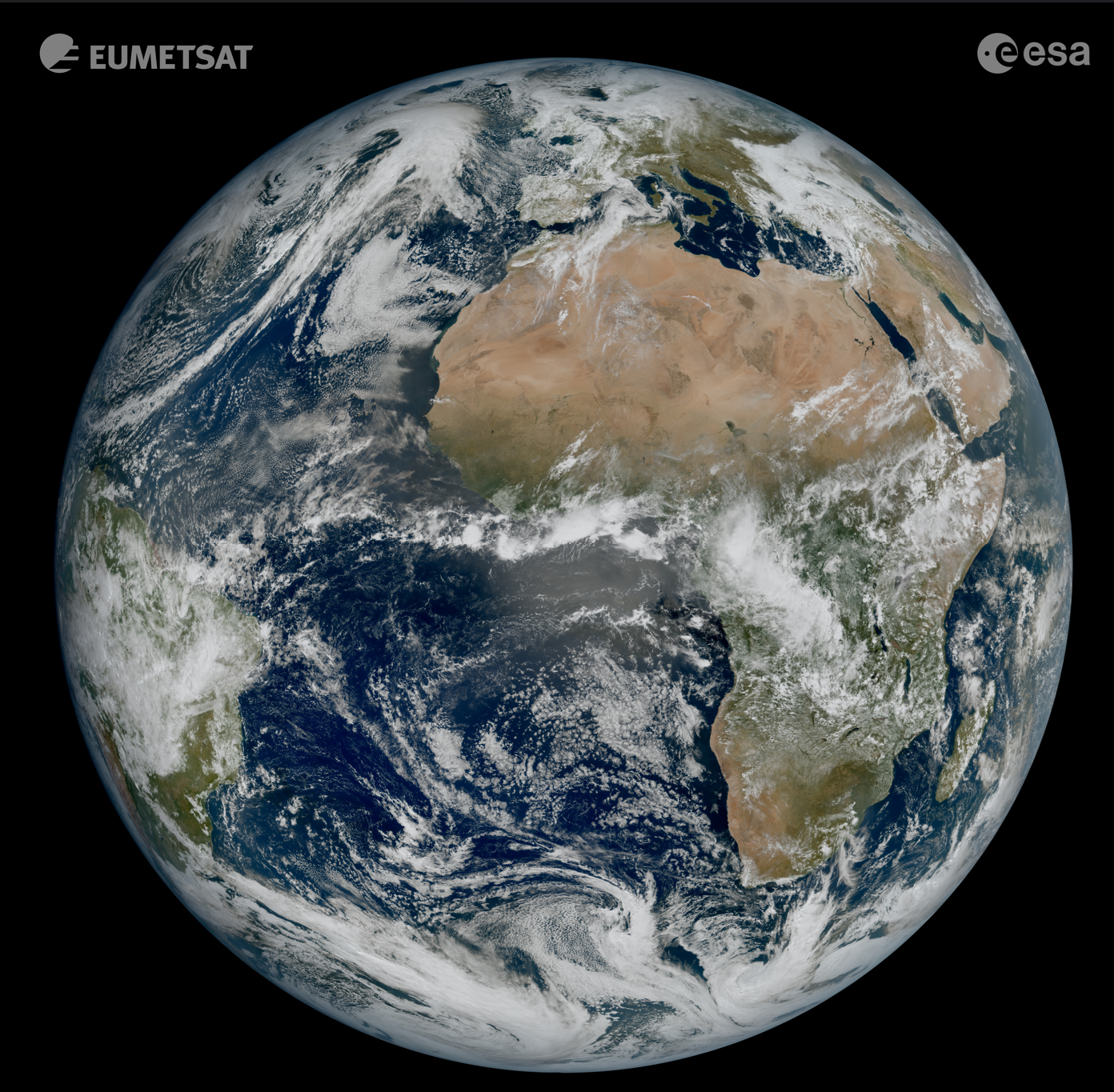Speaker
Description
All rocket launches and re-entry events produce large quantities of pollutants and greenhouse gases that deplete stratospheric ozone and alter climate in ways synonymous with proposed geo-engineering aerosol injection strategies. There are no regulatory incentives to track these emissions. Annual emissions are orders of magnitude less than Earth-bound sources, but pollutants persist far longer, causing greater harm per mass unit emitted. We have developed an online tracker of emissions from rocket launches (https://maraisresearchgroup.co.uk/launch_emis.html) and object re-entries (https://maraisresearchgroup.co.uk/reentry_emis.html) using the data gathering and quality checks detailed in Barker et al. (https://www.nature.com/articles/s41597-024-03910-z, 2024). The tracker is for 5 years (2020-2024) covering the onset and rapid growth in megaconstellation missions. We find with our emissions tracker that in just 5 years, propellants used to launch megaconstellation missions has surpassed propellant use by all other kinds of missions. Black carbon (BC) particle emissions from all mission types, dominated by rocket launches, but also including re-entry ablation of carbon-containing composites and resins, has increased 3-fold since 2020. Material re-entering unablated, calculated via mass conservation, has increased almost 2-fold since 2020, posing a risk to people and littering the oceans. Independent data to validate the inventory is exceedingly rare and limited to the Stratospheric Aerosol processes, Budget and Radiative Effects (SABRE) 2023 high-altitude aircraft campaign measurements of 2 intercepts of a kerosene-fuelled Falcon 9 rocket plume, the overwhelmingly dominant rocket launching megaconstellations. We find that the vertically-resolved emission indices used to construct the inventory assume more rapid decline in rocket plume combustion efficiency with altitude than is measured, as the indices rely on outdated data from US Space Shuttle era solid rocket motors. This affects the vertical distribution of launch emissions of BC, nitrogen oxides, carbon monoxide, and carbon dioxide, as all depend on the combustion efficiency or afterburning in the rocket plume. More in-plume measurements at a range of altitudes within aircraft flight ceilings are critically needed to constrain combustion efficiencies for the range of propellants used by the space sector. Many other challenging to quantify uncertainties exist, such as the chemical composition and size distribution of metal oxides produced during re-entry ablation. The tracker is undergoing sustained development to enable near-realtime inclusion of launch and re-entry emissions and to embed new information from re-entry ablation models, laboratory experiments, and measurement campaigns led or supported by ESA.

